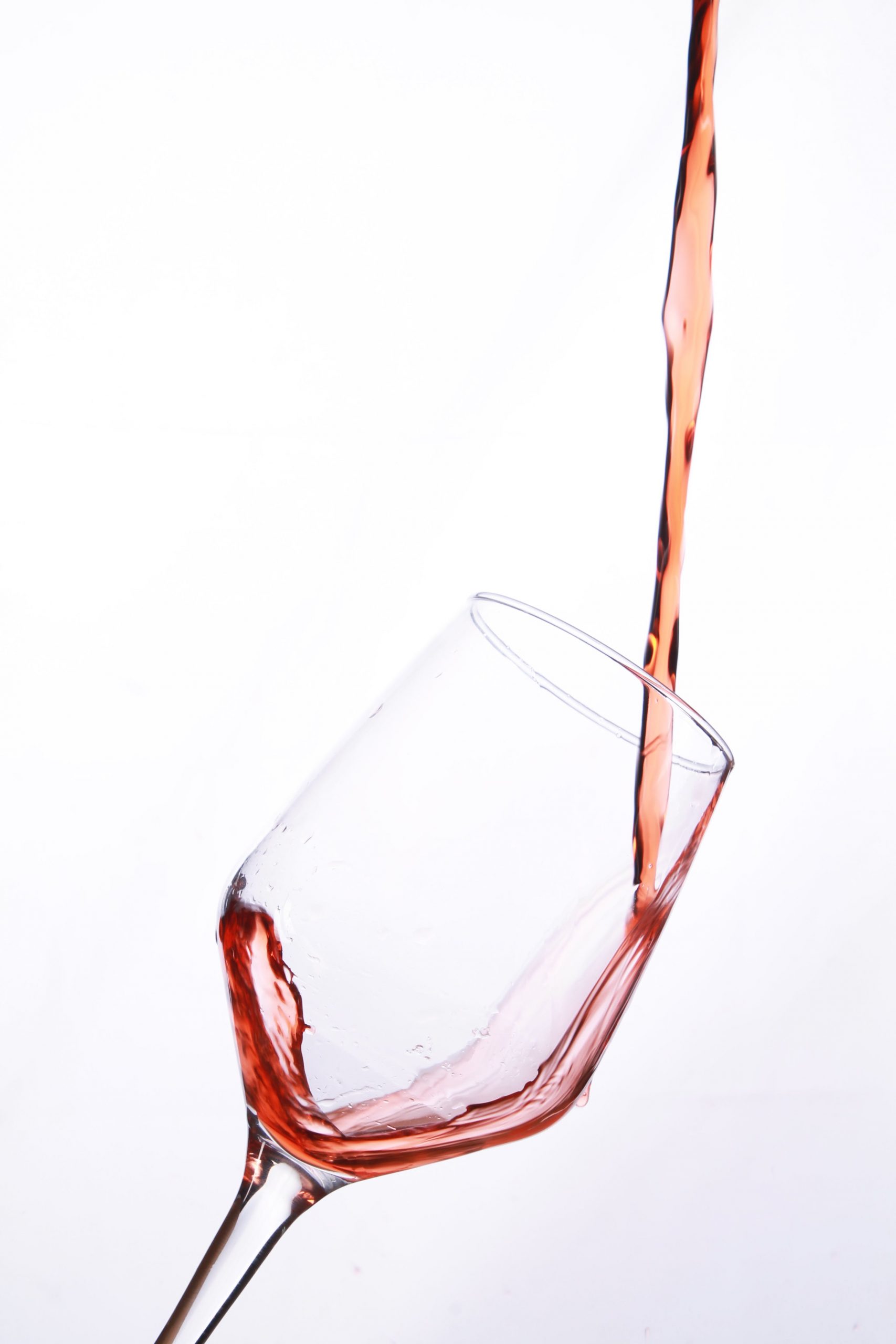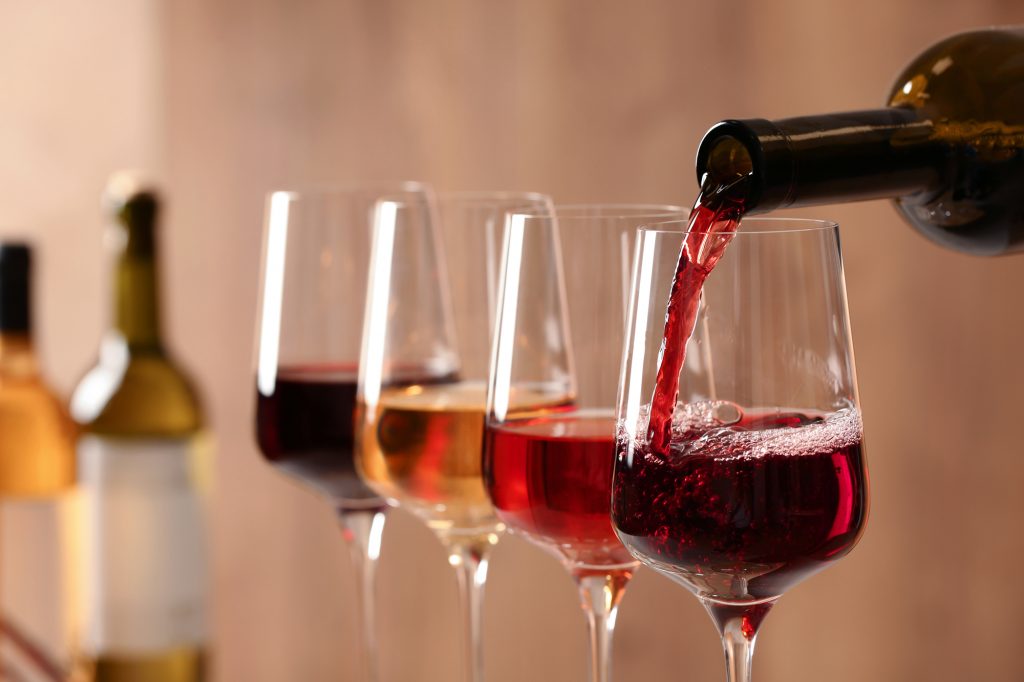What a time to be in wine…! 2024 looks set to be one of the most exciting years in wine, with environmental, social and technological changes catalysing big shifts across the local vino landscape.
Matt Manning, whose email signature proudly declares “wine drinker”, is the owner of Culture Wine Bar and Culture at TimeOut Market Cape Town. Culture was recently announced winner in three categories at the 2023 Star Wine List Awards (which included picking up the highly coveted ‘Grand Prix’ accolade). Manning is also the Chef Patron at Grub & Vine and is credited with having a talent for combining the country’s fantastic produce with the world’s finest wines.
He maintains that one of the biggest shifts we can expect to see this year is that wine consumers are increasingly prioritising both quality and value.
“Ostentatious displays of wealth and prestige are becoming scorned – no doubt driven by a growing sense of community and kinship with those who are suffering the world over, says Manning.
“As a result, there’s increased demand for quality wines by smaller producers – but at great value. In terms of bubbly, for example, consumers are learning what constitutes real quality, and are moving away from commercial producers such as Moet, favouring grower Champagnes and South Africa’s own fantastic MCCs.
“We’re also returning to the values of traditional winemaking – with an emphasis on terroir – while consumers look for sustainability and social responsibility. They want to know what the producer of their chosen bottle stands for,” says Manning.
ALSO READ: The perfect way to drink wine
Green Light on Light Red
Traditionally, red wine was seen as the beverage of choice for cooler weather (and for heavier foods), while white wine was the go-to for summer. That archaic notion is now firmly in the past, says Manning, as refreshing, light red styles become more prevalent.
“Internationally, the popularity of varietals like Gamay Noir and Grenache has grown, thanks to the rise of territories such as Beaujolais and the Rhone Valley in France, while Red Burgundy (Pinot Noir) remains perpetually in demand.
“Locally, we’ve seen a simultaneous rise in the demand for lighter red styles such as Cinsault and South Africa’s own Pinotage, a crossing of Cinsault and Pinot Noir grapes. These styles are best served chilled and are really refreshing in the warmer months. They’re convivial and incredibly versatile in terms of food pairing, working well with a wide variety of dishes – from vegetarian to fish, chicken and even lamb.”
Manning adds that Radford Dale Imports also recently hosted a Beaujolais tasting at Culture Wine Bar, which was the bar’s best-attended tasting to date. Two of Beaujolais’ top winemakers flew-in to present the tasting, reflecting the growing interest of South Africa as a fine wine destination.
“The ultimate red grape for serving chilled is Gamay, which is passionately championed in South Africa by our friends at Radford Dale, who were also the first to plant Gamay in the Cape for over two decades. “It’s definitely light reds’ time to shine,” he adds.

The Era of Anything Goes
Today’s South African winemaker has more opportunity to travel, and thus greater exposure to different winemaking techniques around the world. “They’re bolder, braver and open to experimenting with different styles and varietals. Thanks to this ‘new generation’ winemaker, we’re seeing some really interesting grape crossbreeds and non-traditional matches, such as Chardonnay grapes added to Beaujolais (traditionally purely Gamay Noir).”
The Rise of the Global Wine Drinker – but Local remains Lekker!
Winemakers are not the only ones benefitting from this growing global exposure – wine drinkers are too. Consumers are travelling to some of the world’s best winemaking regions (luxury travel company Virtuoso recently found that there was a 70% increase in people booking food and wine-focused trips) and want to experience back home the same wines they enjoyed on holiday.
“As a result, expect to see a greater international wines focus on local wine lists, with far more choice across the board.”
However, Manning maintains that it’s not a matter of eschewing local wines in favour of international, saying that South Africans are loyal to local producers – “we know how good we have it here! It’s not either-or; it’s a case of giving South Africans more access and choice, so that they can put one of South Africa’s best wines on a table alongside a comparable French vintage, providing them with the opportunity to see just how well SA wines stack up against the world’s best.”
ALSO SEE: 5 wine bars to visit in Stellenbosch
On behalf of RVM Communications
Feature image: Pexels

